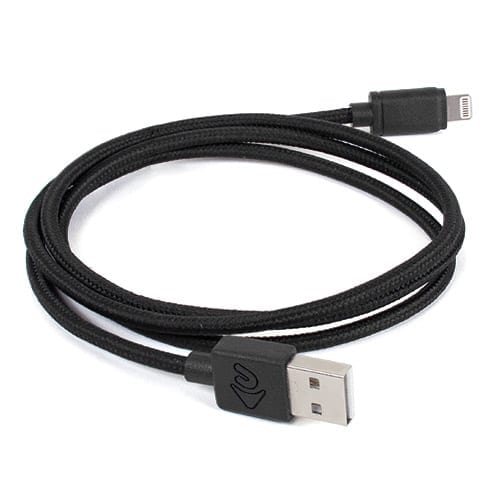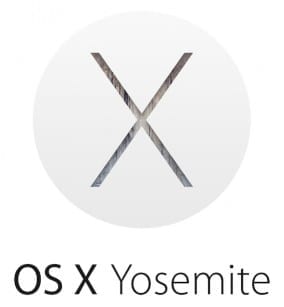
Note: The following is part two of the Rocket Yard’s series looking into wireless charging. This article will focus on emerging wireless technologies.
Wireless charging is far from perfect. Last month, we discussed on the Rocket Yard some of the flaws that keep current wireless charging technology from dethroning wired charging for mobile devices.
However, the simple inductive charging process that we outlined is not the only way to charge a device sans cable. Advances have been made as more and more resources are put into developing wireless technologies.
There are multiple players that are looking to make their mark on the wireless charging industry in 2015. Two of the prominent emerging technologies are magnetic resonance and radio frequency charging. The aim for both of these technologies is to allow the user to charge a device with no cable or pad connection. This would enable the charging of mobile devices while actually remaining mobile. For example, a device could be charging while the user is walking around a room and using the device.
One of the emerging wireless technologies that accomplishes this type of charging is magnetic resonance. Put simply, magnetic resonance – which is employed by WiTricity – charges by using the magnetic near-field. An electric current is sent through a source resonator, inducing an oscillating magnetic field at a specific frequency, and the receiver resonator is tuned to the same frequency. (This is admittedly complex. WiTricity has put together a guide outlining the basics that can be found here.)
Another wireless charging technique that has gained steam recently is the powering of a device from up to 15 feet away by sending a radio frequency signal via a transmitter. (Read more about Energous WattUp radio frequency charging here.)
Benefits of the new technologies
In both of the aforementioned technologies, the benefits are even greater than the inductive charging we previously discussed on the Rocket Yard. As we mentioned before, with both magnetic coupling and radio frequency charging there is no alignment on a charging pad required. In fact, you don’t need to place your device on a pad or make contact at all. With these technologies, the charging feels truly wireless, as you’ll be free to roam while remaining wirelessly connected. In some cases, the wireless charge can even penetrate walls and other surfaces such as tables or nightstands.
With a truly wireless connection, your device can constantly charge. This will all but eliminate dead or dying devices as long as you’re near a charging source. And the technology is not limited to mobile devices; even vehicles parked in a nearby garage could benefit from the wireless charging.
Unknown factors
But as with inductive charging, there are certainly unknowns with these newer technologies. Efficiency is a major question as well as potential waste heat issues. After all, the larger the room, the larger we will need the source resonators to be and that means more power draw.
These solutions have yet to hit the market, so it’s hard to say what kind of bang for your buck these wireless technologies will provide. But as always, inefficiency and a prohibitive cost could ground any technology before it truly takes off.
And perhaps the biggest issue of all: safety. The companies behind these technologies speak of their safety, but without extensive studies, it’s hard to say what long-term effects there might be.
Excited for the future
It certainly looks like 2015 will be an eventful year in which we will see more and more news on these technologies entering the mainstream. But whether one or multiple new technologies will take wireless charging to the next level with mass adoption remains to be seen.
Either way, we here at the Rocket Yard are looking forward to seeing what is in store!
• • •
Click here for part one of our series: For charging your mobile devices, cables are the current king








